What if the Matriarchy Was Here All Along?
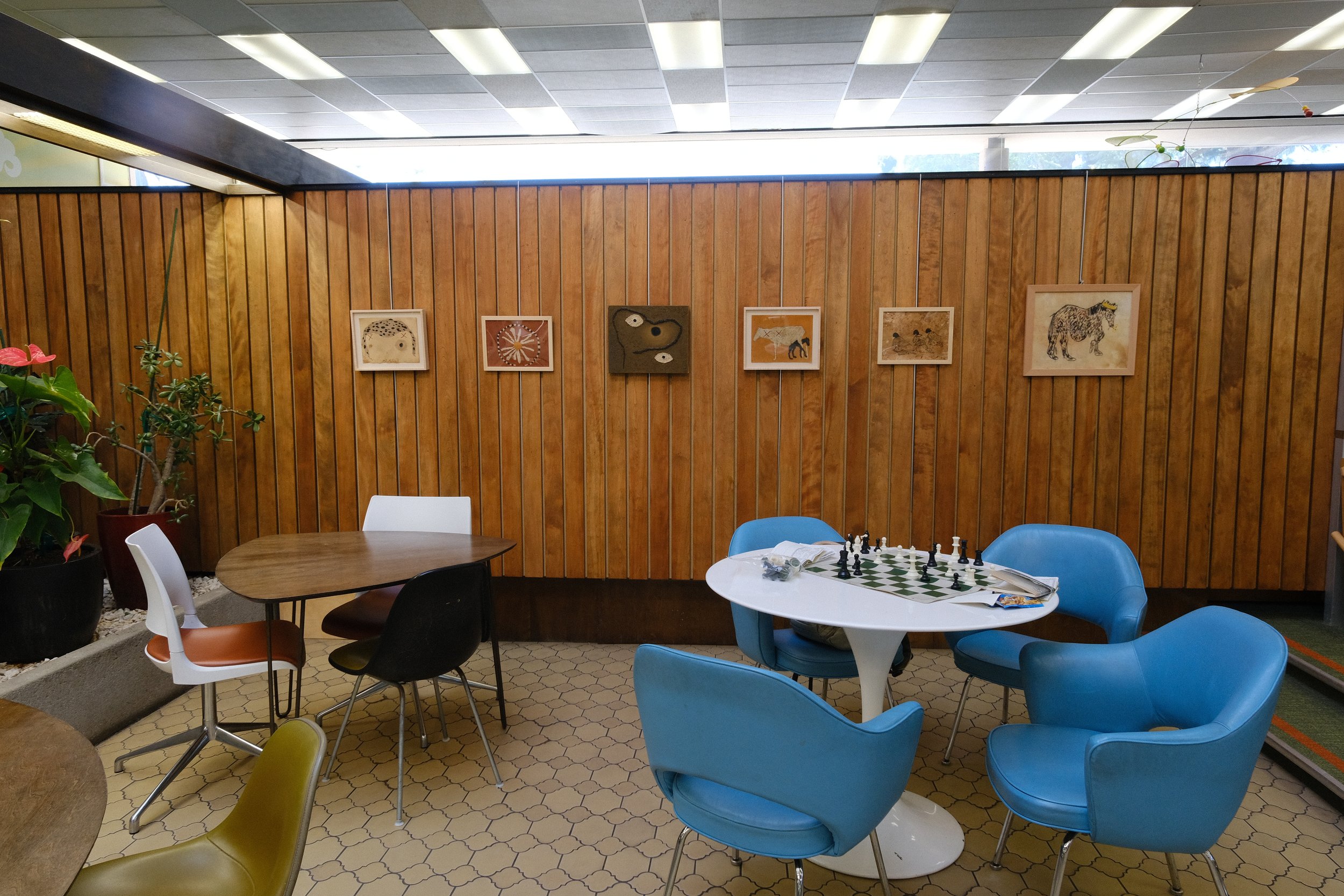
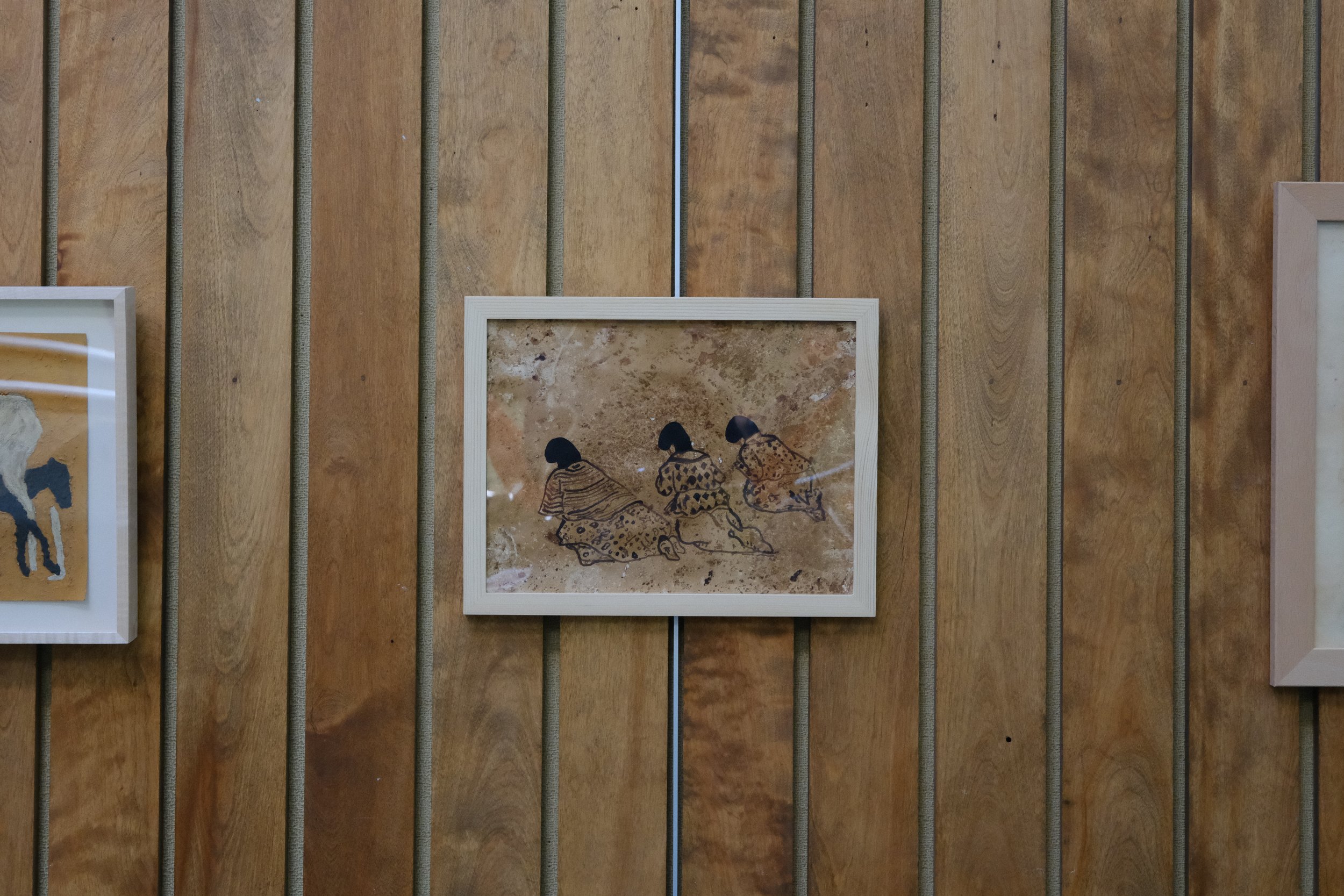
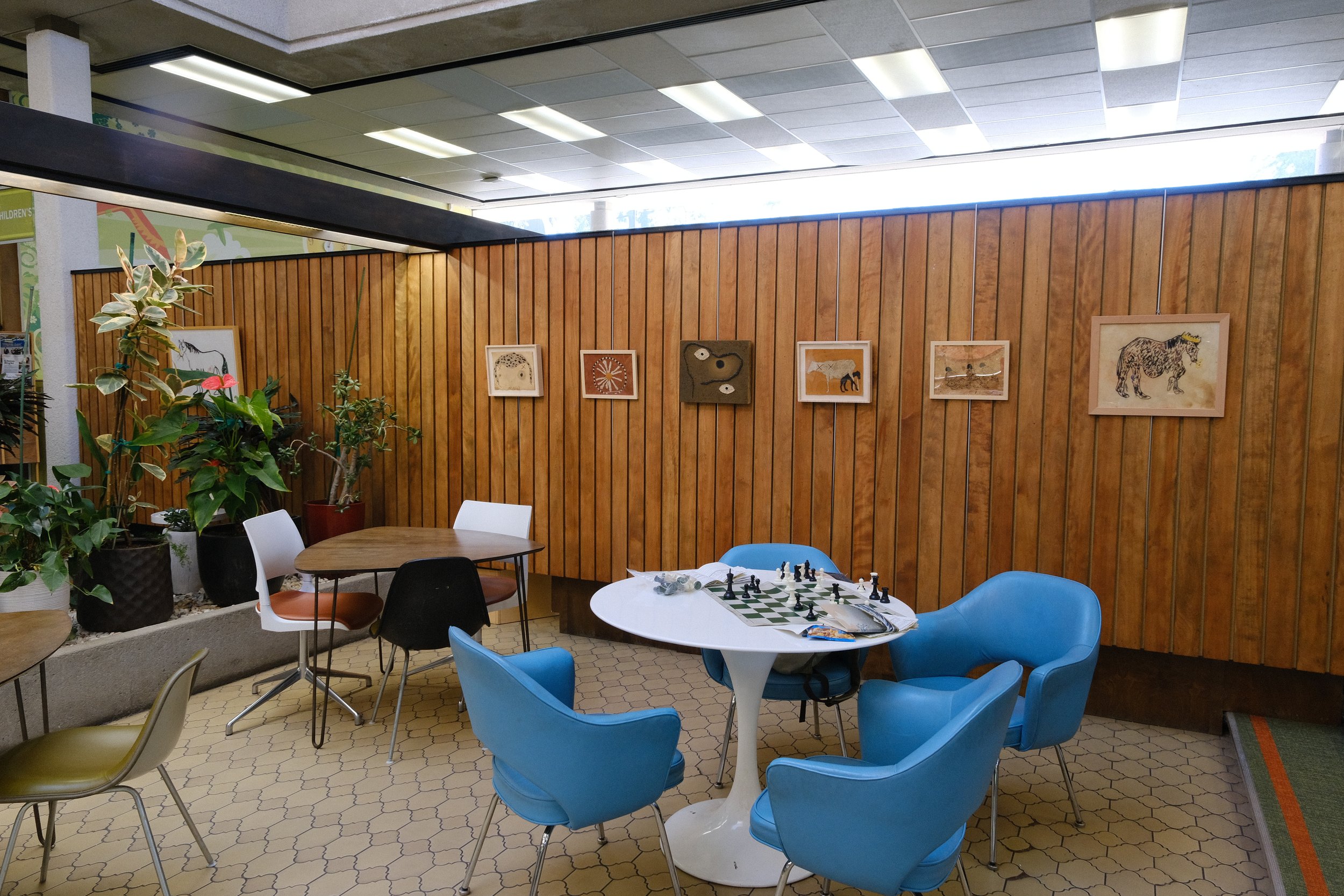
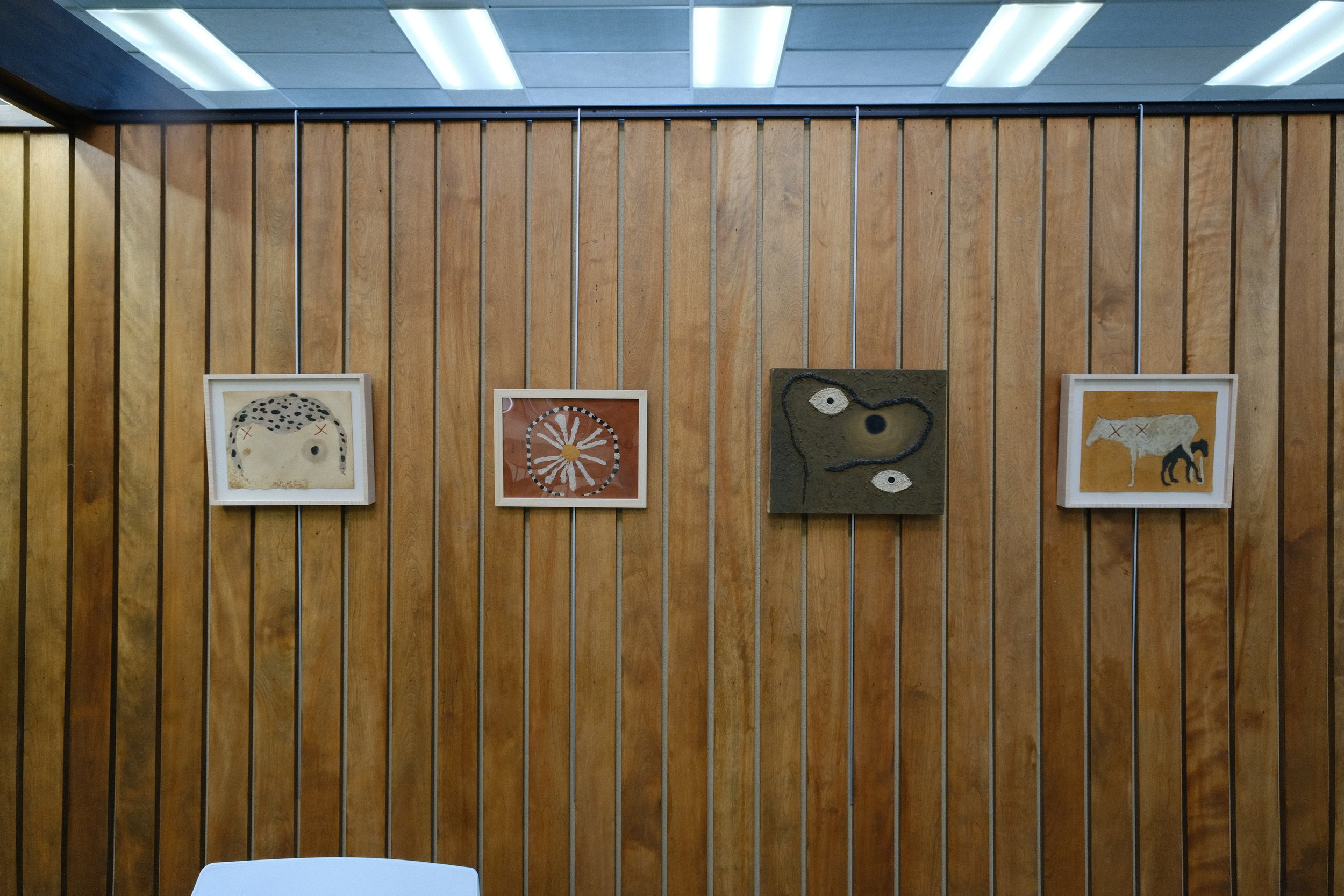

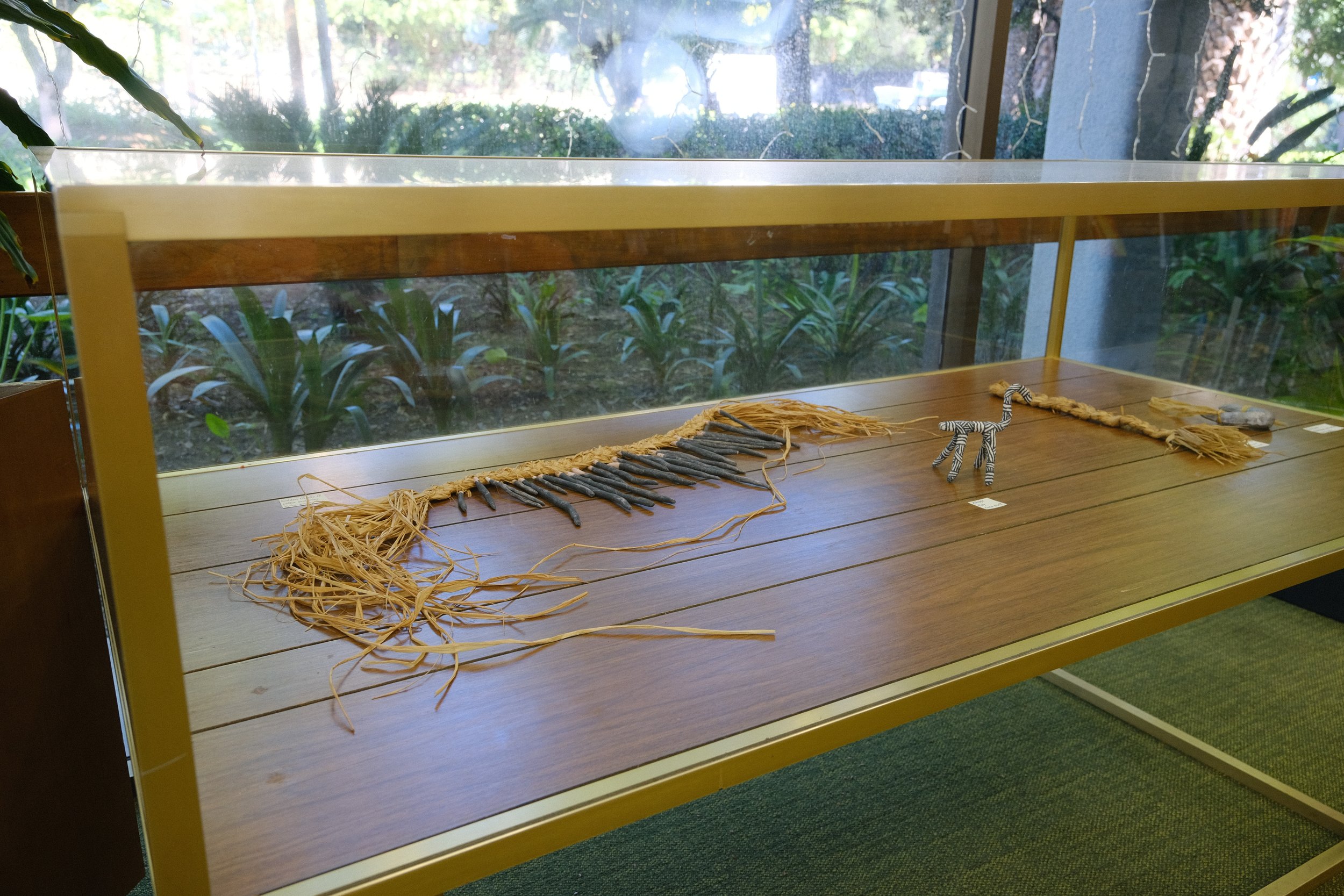
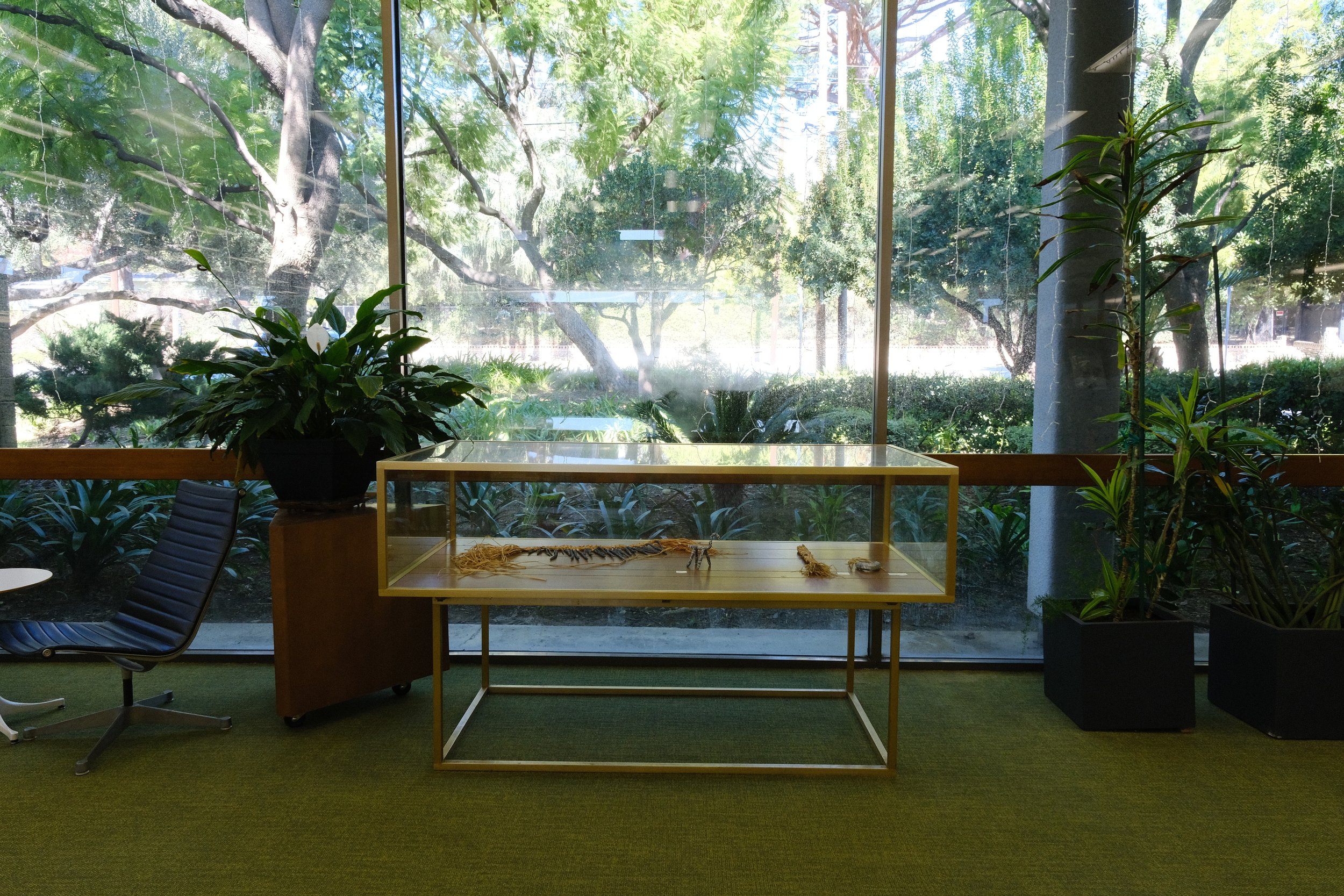
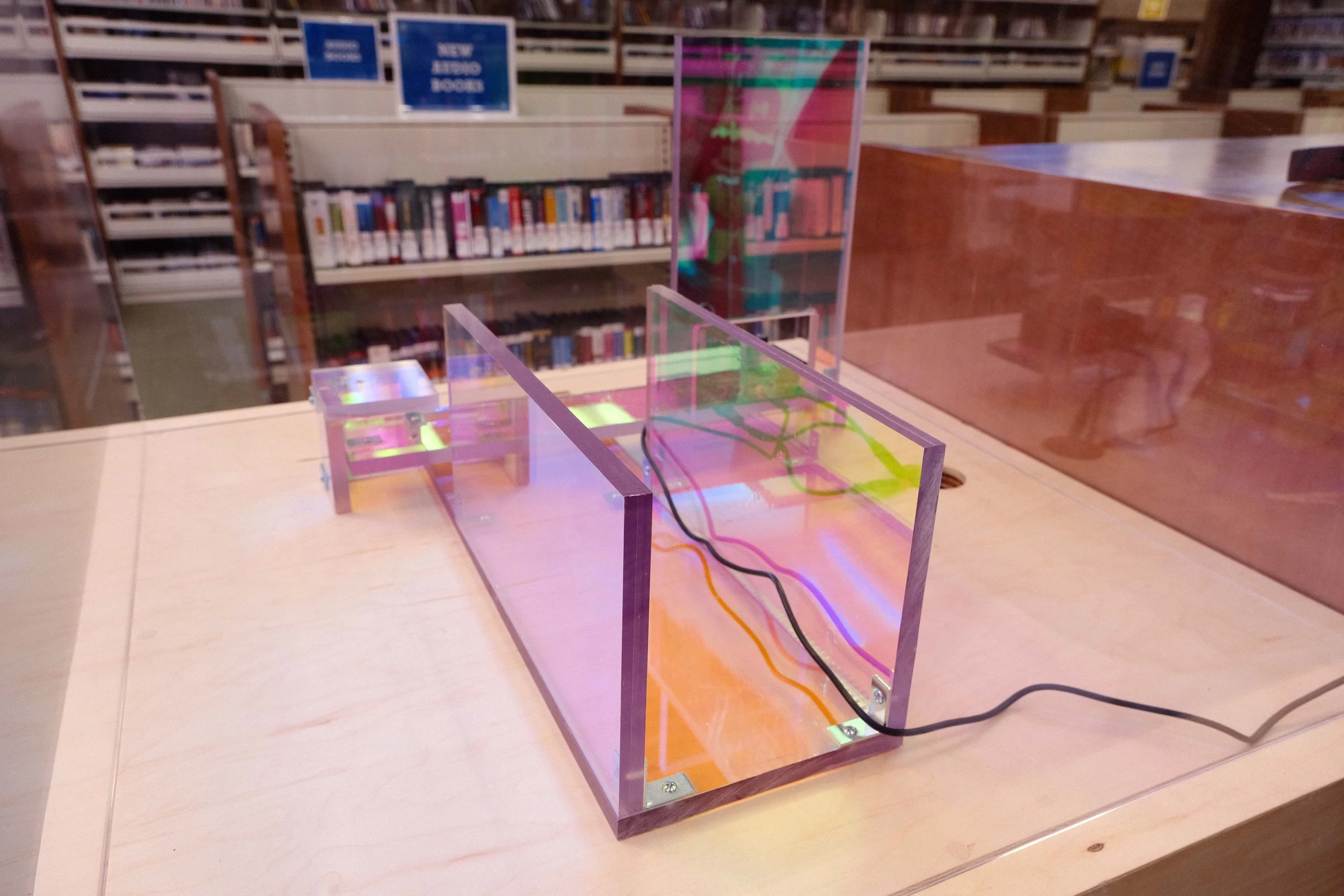

November – December, 2022
Location: Altadena Library
Reception: November 5, 2022
Public Program with Akina Cox and Mary Lattimore: December 17, 2022
What if the Matriarchy Was Here All Along? takes the works of three contemporary artists and examines a reality which the Amazons did not actually vanish. In several of Akina Cox’s featured horse drawings we see a daisy-like flower, a reference pulled from the Gate of Ishtar. Many religions refer to Ishtar (also called The Goddess of Bodily Love or The Goddess of Love and War) as a demon or a sort-of avatar for one. Growing up in the Unification Church, everything Cox was taught to be afraid of were actually things and people who were good for her, and much of her work is about the journey of learning to identify with these “enemies.” For her, life as an ex-cult member is like being in a funhouse mirror; everything that’s up is down. Several of her works prominently feature snakes, which according to scholars, are used in the Bible as a veiled reference to Ishtar. This particular visual representation was meant to show the goddess as an adversary figure, but Ishtar was also the Goddess of Fertility, so serpents could be thought of as a nod to new life, as well. Supporting the exhibition is a short story of the same title written by Cox, which tells a tale of Amazon women who escaped a patriarchy on horseback, describing the relationship with their horses as nothing short of harmonious.
In March of 2021, Najja Moon was invited to be the inaugural artist for the New Monuments program at the Bass Museum of Art in Miami, FL where she presented Your Momma’s Voice in the Back of Your Head. The monument was constructed using brightly colored, gradient dichroic plexiglass with speakers encased inside echoing mantras, scolds and colloquialisms voiced by Moon’s own mother, as well as the mothers of friends and family. In addition to these recordings, the artist held an open call for community members to visit her studio where she interviewed them about their relationships with their mothers, later pulling phrases from these conversations for the sound portion of the work, which included the voices of Miami-Dade County residents in English, Spanish and Creole. The monument was meant to be up for a year, but was unfortunately vandalized, and ultimately destroyed. For What if the Matriarchy Was Here All Along?, Moon has resurrected Your Momma’s Voice in the Back of Your Head by using remnants of the piece to create a miniature version of the monument. The sculpture is presented with the original sound piece through headphones and the work is placed inside of a case atop a pedestal, alluding to a precious quality following the destruction of a commanding and potent first iteration.
Like Moon’s work, which was meant to speak to a “deeply personal yet universal relationship between mothers and children,” Ali Prosch’s Friendship Bracelets For Trees addresses what happens when the bond between a mother and child morphs into companionship beyond blood, rooted in a genuine affinity and even camaraderie. Prosch’s collaborator in this case is her young daughter, Lucy, with whom she’s created large-scale bracelets that wrap around three branches of the library’s oldest tree; the only one on the property that out-dates the library itself. Making friendship bracelets is an ancient practice, but was originally brought to the United States in the 1980’s to be worn during political protests before becoming a common symbol for strong and everlasting friendship. The roots of a tree become stronger when its environment supplies it with nutrients and warmth. They do not have a predetermined growth pattern and grow in a manner that reflects their environment. In the same way that a child will thrive in an environment in which they are understood, trees are best cared for once you understand its root growth, then provide them with what they need to continue to pullulate.
Perhaps the Amazon women took on a new form of existence. Perhaps their legacy lives on both through their genes and folklore, but also whenever anyone has come together, from abolitionists, to suffragists, to women’s social clubs and quilting bees. At the crux of What if the Matriarchy Was Here All Along? there is the idea that the matriarchy and other modes of existence such as the Amazon’s haven’t dissolved but rather permeated and existed, dotting the landscape like embers, ready to be nurtured into a fire. The works in this exhibition point to a journey toward this fire and invite the viewer to keep it burning.
————
The closing reception of What if the Matriarchy Was Here All Along? included a reading of Akina Cox's story of the same name, accompanied by acclaimed harpist Mary Lattimore on the piano.
————
Akina Cox moved to Los Angeles in 2003 after being raised in the Unification Church. Her work has been included in exhibitions at Commonwealth and Council, Vielmetter Los Angeles, and Bozo Mag, to name a few. She is the co-creator of a ‘Jane Austen Culture Night,’ where they reflect on their experience growing up in the Unification Church (otherwise known as the Moonies) while reading their favorite author.
Najja Moon is a Miami based artist and cultural practitioner, born and raised in Durham, North Carolina. Her practice is centered on the idea that art is utilitarian. An amalgamation of practicalities that improve her life; design and language, cultural responsibility and community. Her visual arts practice uses drawing and text to explore the intersections of queer identity, the body and movement, black culture and familiar relations both personal and communal.
Moon was the inaugural artist to be commissioned by the Bass Museum for their “New Monuments” series. She is also the winner of a 2020 Knight New Work Grant for her ongoing project “The Huddle is a Prayer Circle”. Other recent exhibitions, commissions and publications included: Dust Specks on the Sea, 2021, San Francisco Art Institute (San Francisco); Time Sensitive, 2020, Spinello Projects (Miami); SPRTS Issue 9, 2019, Endless Editions, NYABF @MoMA PS1 (New York); How to Patch a Leaky Roof, 2019, Commissioned by O, Miami (Miami); 2 & a possible, 2019, Supplement Projects x Arts.Black (Miami)
Ali Prosch is a Los Angeles based artist working across sculpture, video and performance, making artwork that strives to create compassionate space to contemplate loss, illness, healing and empowerment. Prosch received her MFA from CalArts in 2009 and her BFA from New World School of the Arts in Miami, FL. Her work has been exhibited at Joan, Elephant Art Space, Charlie James Gallery (LA), Smithsonian Hirshhorn Museum and Sculpture Garden (Washington DC), The Museum of Contemporary Art (North Miami), UC Santa Barbara, Locust Projects, Tomio Koyama Gallery (Tokyo), Bed & Breakfast (LA) and White Box (NYC). Writing about her work has been featured in ArtReview, Art Forum, Contemporary Art Review LA (CARLA), The Los Angeles Times, among others.
Huge thanks to Janelle Ketcher and the entire Altadena Library staff, Akina Cox, Najja Moon, Ali Prosch, Dave McFarland, and Mary Lattimore.
